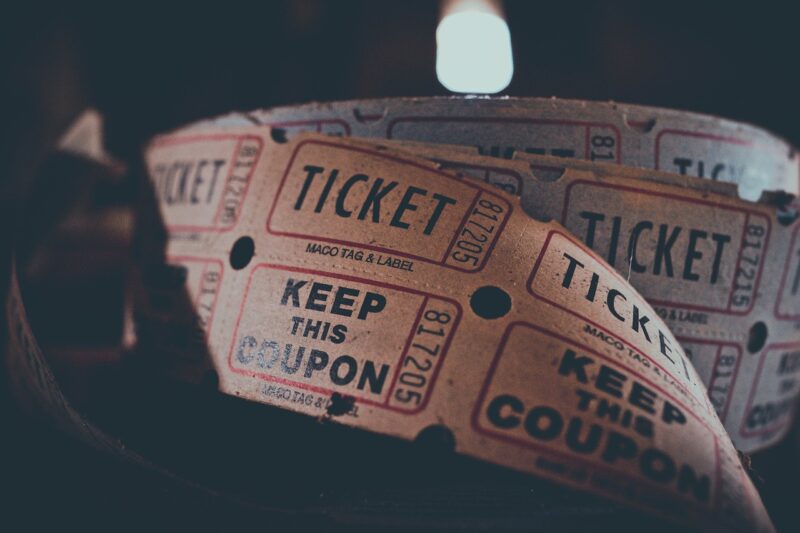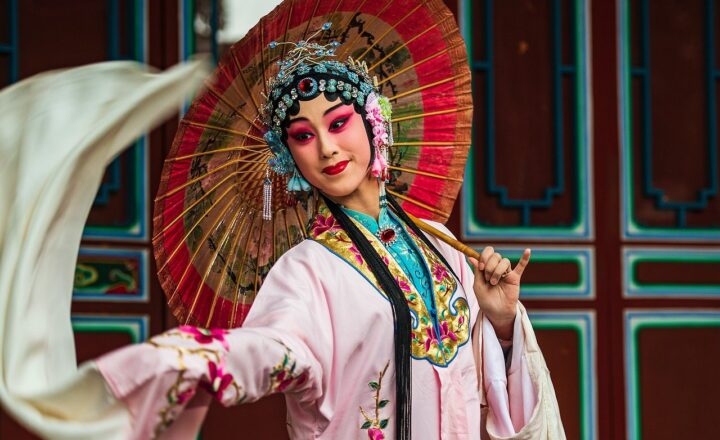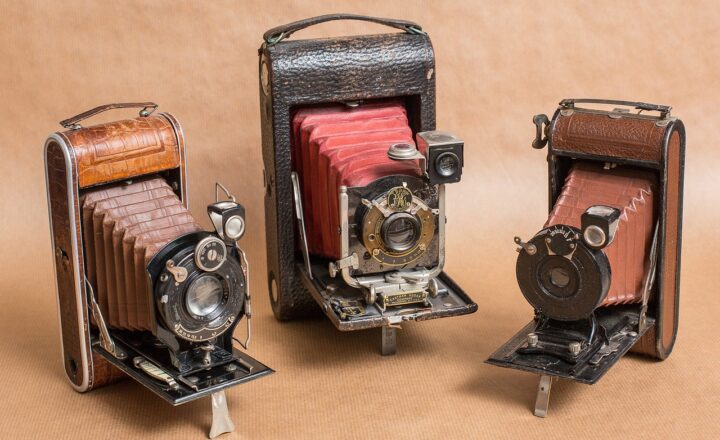The Origins of Horror Movie Tropes and Why They Still Work Today
November 16, 2024

Horror films have captivated audiences for generations, tapping into our primal fears and anxieties. From classic monster movies to contemporary psychological thrillers, a plethora of tropes has emerged in the genre, providing familiarity and, ironically, a sense of security amidst the chaos of fear. This article delves into the origins of key horror movie tropes and investigates why they continue to resonate with viewers today.
1. The Evolution of Horror Film Tropes
The horror genre has experienced tremendous evolution since its inception in the early 20th century. Tropes, which are recurring themes or motifs, have developed alongside societal fears and cultural shifts. The genre’s growth can be observed through several important epochs:
- Silent Era (1895-1929): Early horror films like “The Cabinet of Dr. Caligari” and “Nosferatu” introduced visual storytelling techniques. They relied on striking imagery, atmospheric sets, and exaggerated expressions to evoke fear without sound. The iconic figure of the monster was born during this period, establishing the phantom as an essential trope in horror films.
- Classic Hollywood (1930-1960): The introduction of sound changed the landscape of horror. Universal Studios produced iconic monsters (e.g., Dracula, Frankenstein) which became staples of the genre. The trope of the unkillable villain emerged, as these characters were repeatedly revived in sequels, thus cementing their lasting power in horror cinema.
- The Age of Innovation (1970-1990): Films like “The Exorcist” and “Halloween” revolutionized the genre with psychological horror and the concept of the final girl trope, where the last remaining female character confronts the antagonist. These films also introduced the idea of the home invasion, tapping into fears of safety and security.
- Contemporary Horror (2000-Present): Modern horror has seen a resurgence of found footage films like “Paranormal Activity” and meta-horror, exemplified in “Scream.” The digital age has shaped tropes around technology and social media, highlighting contemporary anxieties while maintaining the genre’s core motifs.
Horror tropes have grown from the simple creature features of early cinema to multifaceted themes deeply embedded in our cultural psyche.
2. Analyzing Iconic Horror Tropes
Several iconic tropes have stood the test of time, becoming synonymous with the genre. We’ll break down some of the most prominent ones:
- The Final Girl: This trope involves a sole female survivor who typically outsmarts the killer, embodying purity and chastity. She often undergoes a transformation, showcasing strength and resilience. Examples include Laurie Strode from “Halloween” and Sidney Prescott from “Scream.” The trope highlights themes of survival and moral judgment in society.
- The Unkillable Villain: Characters like Michael Myers, Jason Voorhees, and Freddy Krueger defy death, embodying the inevitability of evil. This trope propagates the horror of fatalism, unsettling viewers with the notion that evil can persist, no matter the consequences.
- Jump Scares: This trick is prevalent in modern horror films, creating tension through sudden scares. While it’s criticized for being overly reliant on shock, jump scares serve to engender visceral reactions, highlighting our psychological response to fear.
- Isolation and the Abandoned Setting: Horror films often feature characters trapped in desolate locations (e.g., haunted houses, remote cabins). This trope capitalizes on the fear of isolation and vulnerability. The familiar setting becomes the source of horror, amplifying the characters’ dread and helplessness.
These tropes are not only tools for storytelling; they capture real emotional experiences that resonate with audiences, reflecting our own fears and societal concerns.
3. Psychological Tactics That Keep Us Coming Back
Horror films employ psychological tactics that engage viewers on a deep emotional level. Some techniques that keep audiences hooked include:
- Suspense and Tension Building: The gradual build-up of suspense is a hallmark of horror. Directors use slow pacing, ominous music, and visual foreshadowing to create anticipation. This tension leaves audiences on the edge of their seats, giving way to release when the horror finally erupts.
- Exploration of Human Fears: Horror reflects universal fears, such as death, loss, and the unknown. By confronting these primal concerns, horror films offer catharsis, allowing audiences to explore taboo topics in a safe space, ultimately facilitating emotional release through fear and adrenaline.
- Relatability of Characters: Well-crafted characters allow audiences to insert themselves into the narrative. Viewers experience fear alongside characters, developing empathy as they confront darkness. The realism of characters makes their struggles more engaging, solidifying the viewer’s investment in the outcome.
By weaving together these elements, horror films can exploit our instinctive responses, making the experience thrilling and impactful.
4. Why Horror Tropes Endure Through Generations
The reasons horror tropes remain relevant include:
- Tradition and Nostalgia: Horror movie tropes often play on established conventions. New filmmakers pay homage to classic films, creating a sense of continuity. Audiences have an innate comfort in familiar themes, making it easier to engage with new content that aligns with tropes they know and love.
- Cultural Reflection: Horror movies serve as mirrors for societal fears—be it the threat of technology, social upheaval, or existential dread. As culture evolves, so do the tropes. Themes adapt to address current anxieties, keeping the genre fresh while retaining its foundational elements.
- Emotional Release and Connection: For many, watching horror movies offers a thrilling escape from reality, providing catharsis. The emotional roller coaster engages viewers to confront their fears, ultimately feeding a craving for that adrenaline surge while developing a community with shared experiences in the dark.
As horror films continue to evolve, one constant remains: they will always reflect the human condition and the multifaceted nature of fear.
Conclusion
The origins of horror movie tropes are deeply rooted in cinematic history, shaped by cultural context and fears. As audiences remain fascinated with the genre, these tropes adapt and evolve, reflecting the complexities of society while offering a robust platform for storytelling. With shared experiences of fear, delight, and overwhelming tension, horror movies and their enduring tropes will always keep viewers coming back for more. Whether it’s the chilling final girl trope, the relentless monster, or the nail-biting suspense, these features will remain in the hearts and minds of moviegoers for generations to come.
Embrace the darkness, and let it guide you through the chilling world of horror cinema. Will you dare to explore the depths of fear brought to life on the big screen?






